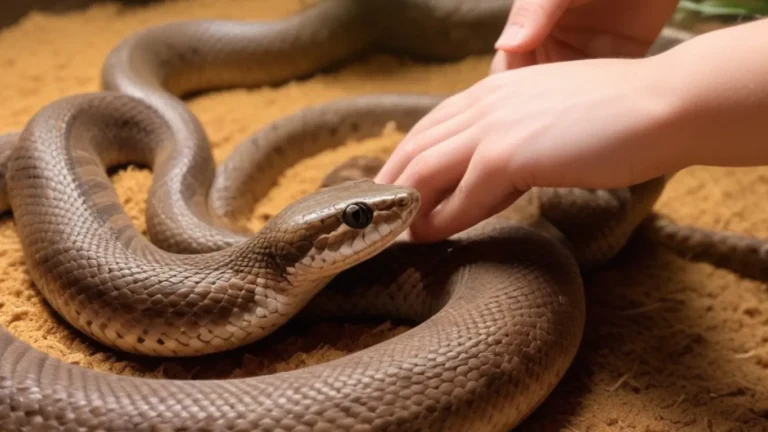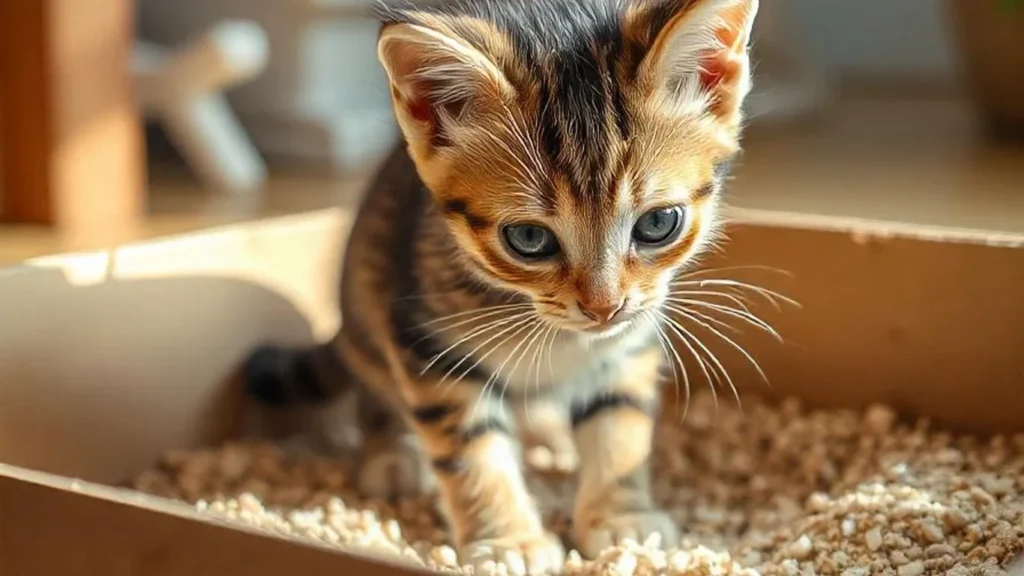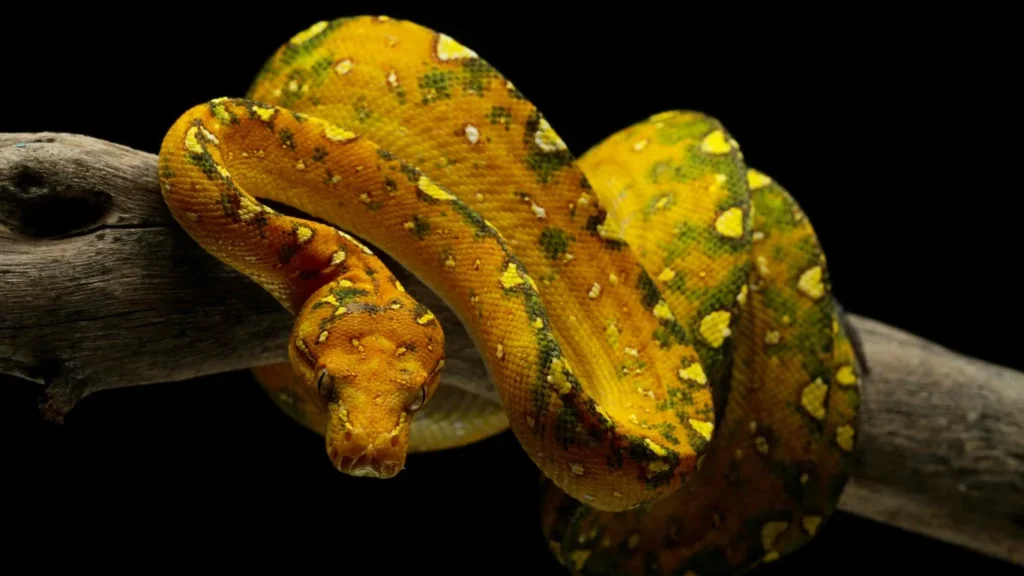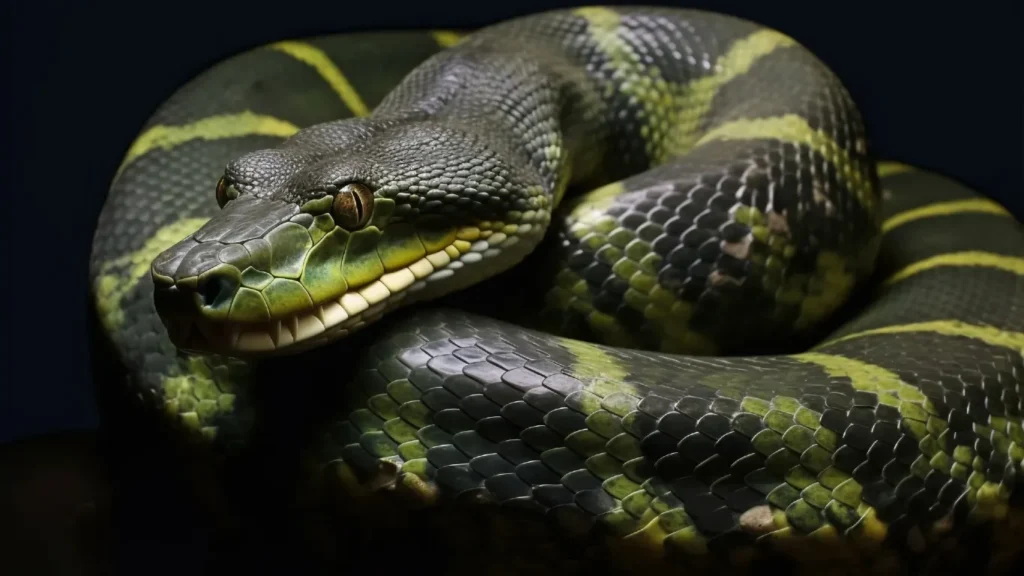
How to Take Care Of a Snake?
You may find this information a tough pill to swallow, but snakes are one of the best animals you can have as a pet. Some may find these precious species repulsive and dangerous, but snakes are one of the calmest animals and best buddies to have as your pet companion (unless scared or provoked!)
This blog is dedicated to those, who love snakes and want to know how to take care of a snake. Let’s make one thing clear, snakes are not low-maintenance pets, but with the proper knowledge and dedication, you can provide a growing environment for your favorite snakes.
Through this blog, let’s take a look at how you can choose the right snakes for you, how to take care of an enclosure, and about snake nutrition!
The Right Snake For Your Home
The first step to taking care of a snake is choosing the right snake for your home. Different species of snakes have different needs and each need has to be catered to in utmost perfection. Some popular breeds of snakes as pets are
- Corn Snakes: Relatively small, friendly, and docile, corn snakes are favorites for pets. Corn Snakes are available in a variety of vibrant colors and patterns. They’re known for their ease of care.
- Ball Python: These constrictors are known to be calm beasts who are relatively mellow and easier to manage.
- Rosy Boas: Rosy Boas is known to be one of the most beautiful snakes that can be a pet. Like the above-mentioned snakes, Rosy Boas also have a calm temperament and becomes a manageable size in its adult age.
Creating the Perfect Enclosure
Once you’ve chosen your appropriate snake, it’s time to bring life to their home. A well-constructed enclosure is a non negotiable for how to take care of a snake properly. Here are the key elements:
- Size: As a rule of thumb, the enclosure should be at least as long as the adult snake’s full body length, and half as wide. Hatchlings may need a smaller enclosure initially but don’t forget that they grow exponentially.
- Temperature control: Snakes are cold-blooded and rely on external heat sources. You’ll need a heating pad or overhead heat lamp to create a warm zone and a cooler zone within the enclosure. Invest in a thermometer to monitor both areas.
- Substrate: Substrate is the material that lines the bottom of the enclosure. Popular options include aspen shavings, coconut coir, and paper towels. Choose a substrate that allows for burrowing (if your snake is a burrowing species), is easy to clean, and retains moisture appropriately for the species. Coconut bedding for snakes is a promising substrate that can be used for your pet snakes. These wonder substrates are safe for the snakes, good for the planet and is reusable.
- Hides: Snakes need places to feel secure. Provide at least two hides, one on the warm side and one on the cool side, that are the right size for your snake to feel snug inside.
- Water dish: A freshwater dish large enough for your snake to soak in is essential. Change the water daily and clean the dish regularly.
- Enrichment: Climbing branches, fake plants, and other decorations can help enrich your snake’s environment and encourage natural behaviors.
Keeping it Clean
Regular cleaning is crucial for how to take care of a snake. Spot clean waste daily and remove soiled substrate as needed. Do a full enclosure clean every 1-2 weeks, replacing the substrate completely and disinfecting the enclosure with a reptile-safe disinfectant. Always ensure everything is dry before returning your snake.
Diet and Nutrition
Snakes are carnivores, and their diet should consist primarily of frozen or thawed rodents of the appropriate size. Avoid live feeders, as they can injure your snake. The feeding frequency will depend on your snake’s age, size, and species. Consult a reptile veterinarian for specific feeding recommendations.
Understanding the Snake Molting Process
Snakes shed their skin as they grow. This process is usually uneventful, but you can help by providing a humid hide during shedding. If your snake seems to be having trouble shedding, a shallow soak in lukewarm water can help loosen the retained skin.
Snake Interactions
While some snakes can become accustomed to gentle handling, it’s important to understand that they are not cuddly pets. Always wash your hands before and after handling your snake, and support their entire body when picking them up. Never handle your snake if they seem stressed or defensive.
Finding the Right Vet
Regular checkups with a veterinarian experienced in reptile care are non-negotiable for how to take care of a snake. They shall perform health checks, address any medical concerns, and provide you guidance on proper husbandry practices.
The Commitment of Snake Ownership
Snakes can live for many years, depending on the species. Before bringing a snake home, be sure you’re prepared for a long-term commitment. Research the specific needs of your chosen species, ensure you have the financial resources to provide proper care and be prepared to offer a loving, responsible home for your scaly friend.
By following these guidelines and conducting thorough research on your chosen snake species, you can begin journey of learning how to take care of a snake. Remember, a healthy and happy snake is a beautiful sight to behold, and with dedication, you can provide the perfect environment for your new pet snake!
Contact us
lifestyle for your pets.



